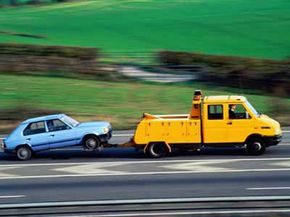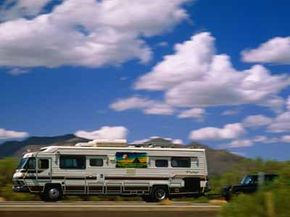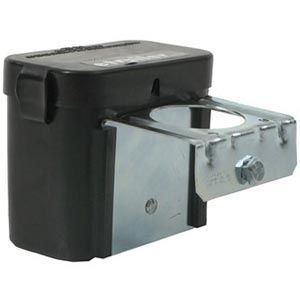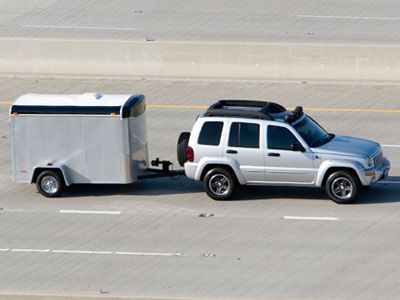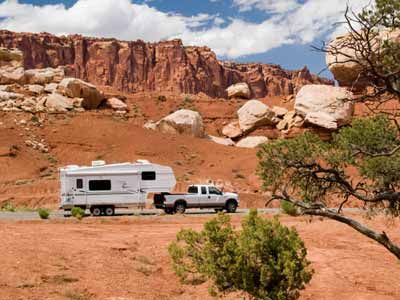Acquiring tow dollies can top the to-do list for a variety of circumstances. Say you just bought a big RV and want to head out on a cross-country voyage -- towing a spare vehicle along so you don't have to maneuver the motor home every time an errand pops up can be a huge help. Or, suppose your family is moving and you have one moving truck, two cars and only two drivers. Someone is going to need to double up, unless you want the move to become as tricky as one of those old word problems you were given back in elementary school.
A tow dolly elevates the front wheels of the vehicle being towed and is useful in a number of situations. Whether it's the best choice for the job depends on the particulars of each individual situation. We'll dive deeper into that choice in a bit; for now, let's examine some of the other options out there.
Advertisement
The easiest way to look at towing is how many wheels of the car will be off the ground. We just noted that with a towing dolly, that number would be two. There are also ways to tow with all four wheels elevated and with all four wheels on the road. A trailer -- generally referred to as a car hauler -- is used to tow four wheels up, while a tow bar is necessary to tow four wheels down. There's no universally preferred method: A lot depends on factors such as the weight of the vehicle being towed, whether that vehicle is a front-wheel-drive versus a rear- , all- or four-wheel-drive, how much total weight your towing vehicle can handle and how much money and time you're willing to spend dealing with the setup.
On the next page, we'll explore why a tow dolly might be just the ticket if you need to haul a vehicle.
Advertisement

